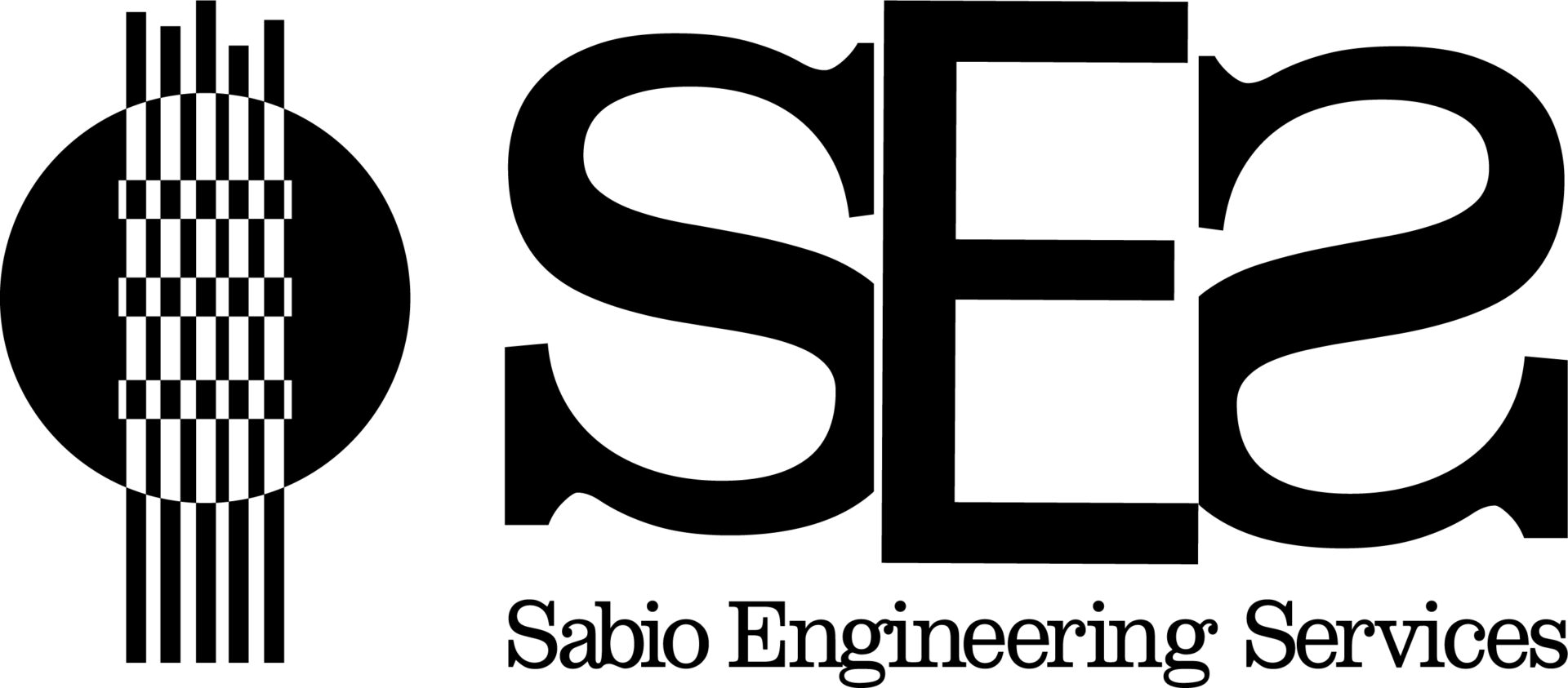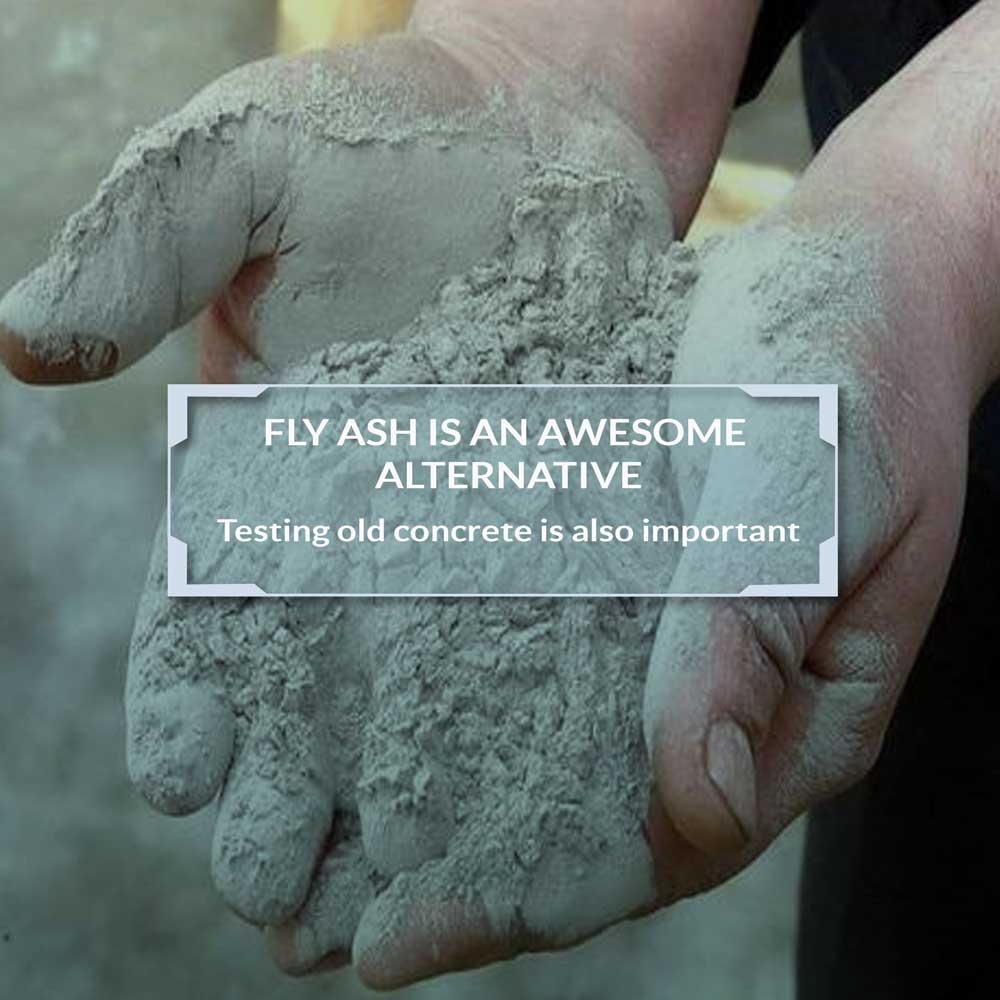Fly ash is a group of materials that can vary significantly in composition. It is residue left from burning coal, which is collected on an electrostatic precipitator or in a baghouse. It mixes with flue gasses that result when powdered coal is used to produce electric power.
Following the 1970s oil crisis, the use of coal significantly increased. Millions of metric tons of fly ash were produced as a byproduct of this increased coal consumption. Therefore, it made more economic sense for concrete producers to use this low-cost fly ash as a substitute for cement in concrete.
Benefits of fly ash
The first two benefits of fly ash usage are sustainability and low-cost. Since fly ash is produced as a byproduct of coal, it is sustainable because it is converted to reinforcement for concrete, and it is also environmentally friendly. It is low-cost because since it is produced from burning coal, there are no necessary additional processes needed for its creation.
Another benefit of using fly ash in concrete is reduced permeability to water and aggressive chemicals. When concrete is cured with a mixture of fly ash, it produces a denser product because the sizes of the pores are reduced. By combining fly ash with concrete mixtures, the amount of carbon is reduced.
Fly ash particles are spherical and in the same size range as cement, which results in a reduction in the amount of water needed for mixing and placing concrete. This translates to better workability, resulting in sharper, more distinctive corners, and edges with a better surface appearance. In turn, this makes it easier to fill intricate shapes and patterns. Additionally, fly ash also benefits precast concrete by reducing permeability, which is the leading cause of premature failure.
Lastly, fly ash can reduce the ratio of water to cement, which can be a determining factor in strength. Since sly ash contains larger or less reactive particles that regular cement, significant hydration can continue or six months or longer. This leads to much higher ultimate strength than concrete without fly ash.
Conclusion
Fly ash is an awesome alternative to strengthening concrete. It provides numerous advantages in structural applications, while also beneficially reducing costs. If you are in the process of constructing with concrete and are looking for simple alternatives to reduce costs, then fly ash might be viable for you.
Are you interested in learning more about the benefits of fly ash in concrete? Contact Sabio Engineering Services! Our structural engineers are licensed and trained in integrating fly ash into concrete.
Contact us at (929) 381-0030 or visit our website.


